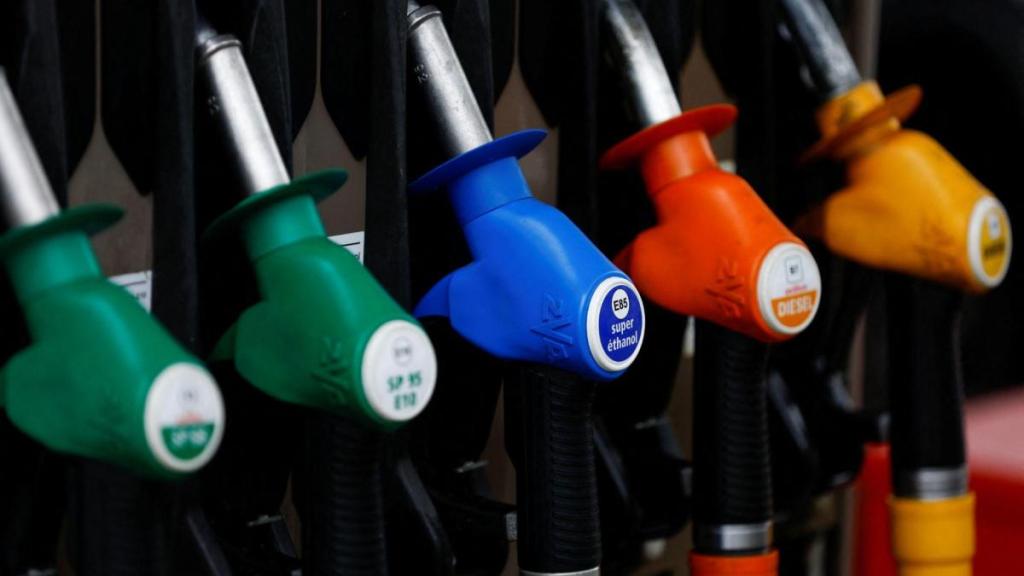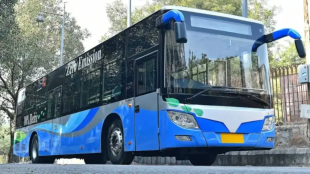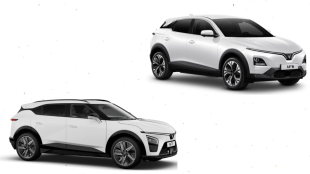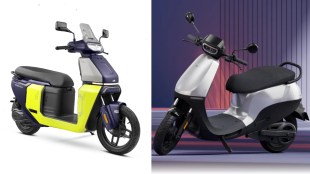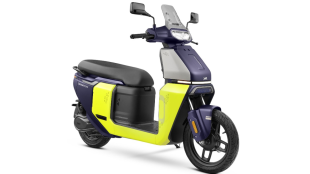The clamour around E20 and ethanol-blended fuel doesn’t seem to wither anytime soon as the Supreme Court of India prepares to start hearing a public interest litigation in the matter on Monday. Ahead of the court proceedings, let us look at all the chatter that is going around E20 and ethanol-blended petrol.
E20 petrol means 20 percent concentration of ethanol in petrol. While modern engines are capable of handling up to E85 (85% ethanol blend) petrol, in the last few months, multiple vehicle owners have reported drop in performance and fuel efficiency across the country on the internet.
E20 contradictory to government claims
Oil and vehicle manufactures in the country have been guarded in their response mostly because the whole ethanol blending exercise is directly under the influence of the Government of India. Moreover, these recent public claims contradict the findings of the survey conducted by NITI Aayog which says that E-20 petrol offers better acceleration, better ride quality and most importantly, lowered carbon emissions by approximately 30% as compared to E10 fuel.
However, at a recent joint press conference held by officials of automotive and petroleum industries, auto industry body Society of Indian Automobile Manufacturers (SIAM), and testing agency Automotive Research Association of India (ARAI) on Saturday it was revealed that usage of 20 percent ethanol-blended petrol (E20) on vehicles can lead to a marginal decline of 2-4 percent in fuel efficiency.
At the same time, the panel addressing the media refuted claims by customers that fuel efficiency has dropped by 20-50 percent. “It is all a misplaced misinformation campaign,” said PK Banerjee, Executive Director, SIAM. Citing results of different tests, Banerjee said, “The range (of drop in mileage) we found was 2 to 4 percent depending upon whatever vehicles we have tested.”
Ethanol, with a higher octane rating (~108.5 versus petrol’s 84.4), is well-suited for modern high-compression engines that demand higher-octane fuels. Vehicles calibrated for E20 benefit from improved acceleration, an advantage in city driving. Ethanol’s higher heat of vaporization also helps cool the intake manifold, enhancing air-fuel density and boosting volumetric efficiency.
In India, petrol once had a Research Octane Number (RON) of 88, later raised to 91 under BS-VI norms to cut emissions. With 20% ethanol blending, RON now reaches 95, delivering superior anti-knock resistance and performance. By now, almost every mainstream car and two-wheeler manufacturer has achieved cent percent E20 compliance across their respective lineup.
Impact on warranty
Another glaring concern is the warranty of non-E20 compliant vehicles. Banerjee clarified that concerns being spread about insurance and warranty related to E20 fuel were misplaced, assuring that OEMs would honour warranties without conditions. When asked about the impact of E20 fuel on non-compliant vehicle engines, he stated that millions of vehicles had already been operating on E20 for a considerable time, and not a single case of vehicle breakdown had been reported so far.
